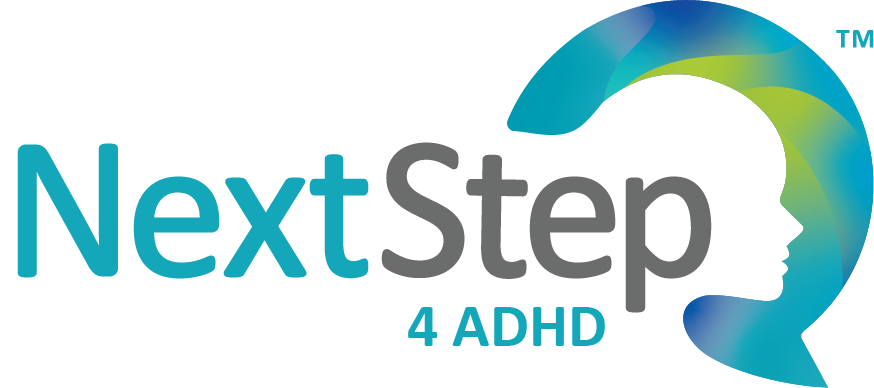
6 Tips to Make Halloween More ADHD-Friendly
Halloween is an exciting holiday for children. Even with changes to the 2020 Halloween guidelines, kids look forward to the festivities, the fun, and of course, the candy. Halloween is also full of distractions and routine disruptions, which can be challenging for kids who struggle with ADHD.
With a little planning, though, you can make Halloween both safe and fun for your child.
1. Following Safety Rules

Even without the pandemic, statistics show that Halloween can be a dangerous day for kids, according to the National Safety Council. Out of excitement, children may race down the street or run across the street without looking both ways. On a crowded street, inattention may lead to the separation of the group.
Despite the seriousness of this, there are many ways to help keep your child safe so that s/he may enjoy the day.
- Talk with your child about all safety rules (crossing the streets safely, not talking to strangers, etc.) before leaving the house
- Keep your group small and close to avoid getting separated
- Give glow sticks or reflective gear to your child
- Make sure any face coverings don’t obstruct your child’s vision
- Make sure costumes are hemmed properly to limit trip hazards
2. Follow State Guidelines for Trick-or-Tricking in a Pandemic
In addition to following the previous safety tips, familiarize yourself with Governor Andy Beshear’s guidelines for safe trick-or-treating. Safety guidelines include:
- Wear a face mask (in addition to any Halloween face mask)
- Place candy in a bowl on the porch and maintain 6-foot separation between people
- Eat only factory-produced candy (but sanitize the wrappers before opening and eating anything)
You can find the full recommendations here.
3. Keep an Eye on Candy Intake
Between candy, Halloween-themed cookies, and other sweet treats, there is a lot of temptation on the proverbial (and literal) table. And for kids with ADHD who struggle with impulsivity, it can be hard to manage self-control.
Here’s what you can do to help your child make good decisions: You can make a candy schedule, in which you and your child agree to how many pieces is allowed per day. For example, if you agree that your child may have 2 fun-size pieces of candy, write that on the family calendar. When your child eats his candy, he can cross it off on the calendar. By involving your child in the process, he or she is more likely to stick with the rules since he helped make the rules.
Another tip: keep candy out of sight. This can help reduce the temptation too!
Not into candy? No problem! Some parents opt for the “switch witch.” After your child has the experience and fun of collecting candy, they trade in their bucket of candy for a non-candy prize such as a new board game, a deck of cards, a new book, etc. If you do opt for this, discuss the plan with your child well in advance to limit any last-minute confusion or frustration.
4. Wind Down at Bedtime
The excitement of Halloween can make it hard for any child to fall asleep. However, children with ADHD may have an even harder time winding down after activity. Some children with ADHD might also struggle with emotional regulation and feel disappointed or even angry that Halloween is over.
What you can do to ease the transition:
- Allot plenty of transition time between trick-or-treating and bedtime. You might even use several mini transitions to make the transition even smoother.
- Create a special bedtime routine just for Halloween. For example, wear festive pajamas or read Halloween books (just not the super scary ones!)
You can find more tips on bedtime routines for children with ADHD here.
5. Make a Plan for Dealing with Sensory Overload

What’s Halloween without a fun costume? As fun as they are, costumes can cause sensory overload for children. Costume fabric might be itchy or uncomfortable.
What you can do to ease sensory overload:
- Test a costume before you head outside with it.
- Purchase a bigger costume and wear normal, comfortable clothes underneath it.
- Skip the costume altogether and opt for a festive shirt (or sweatshirt) and a fun hat.
6. Stick with Your Schedule as Much as Possible
Routines are important for all children, but especially for children with ADHD. While Halloween activities may disrupt some of the schedule, try to stick with your schedule as much as possible.
Tips for sticking with your schedule:
- Review the daily plan with your child
- Write any holiday plans on the family calendar so your child can prepare mentally for them
- Stick with your normal morning and bedtime routines
Beyond Halloween: More Options for Parents
If your child struggles with ADHD, you may find that Halloween isn’t your only obstacle.
In an effort to help spread awareness about ADHD, we provide a variety of free and low-cost courses to help further your ADHD knowledge:
You can also learn more about what your child’s symptoms mean here.
Does Your Child Have ADHD?
Are you tired of trying to manage your child’s ADHD on your own? We can help! Our compassionate multidisciplinary team can help you and your child discover a better, more effective path toward creating lasting change in your child’s life.
Call our Louisville, Kentucky office at 502-907-5908 or request an appointment online.
Related Posts
Is It ADHD? It Could Be Anxiety
Can't concentrate? Struggling with focus? It's tempting to think you're...
Planning for Christmas with ADHD? Tips for Success
Organizing and planning can be challenging tasks for adults with ADHD — and...


